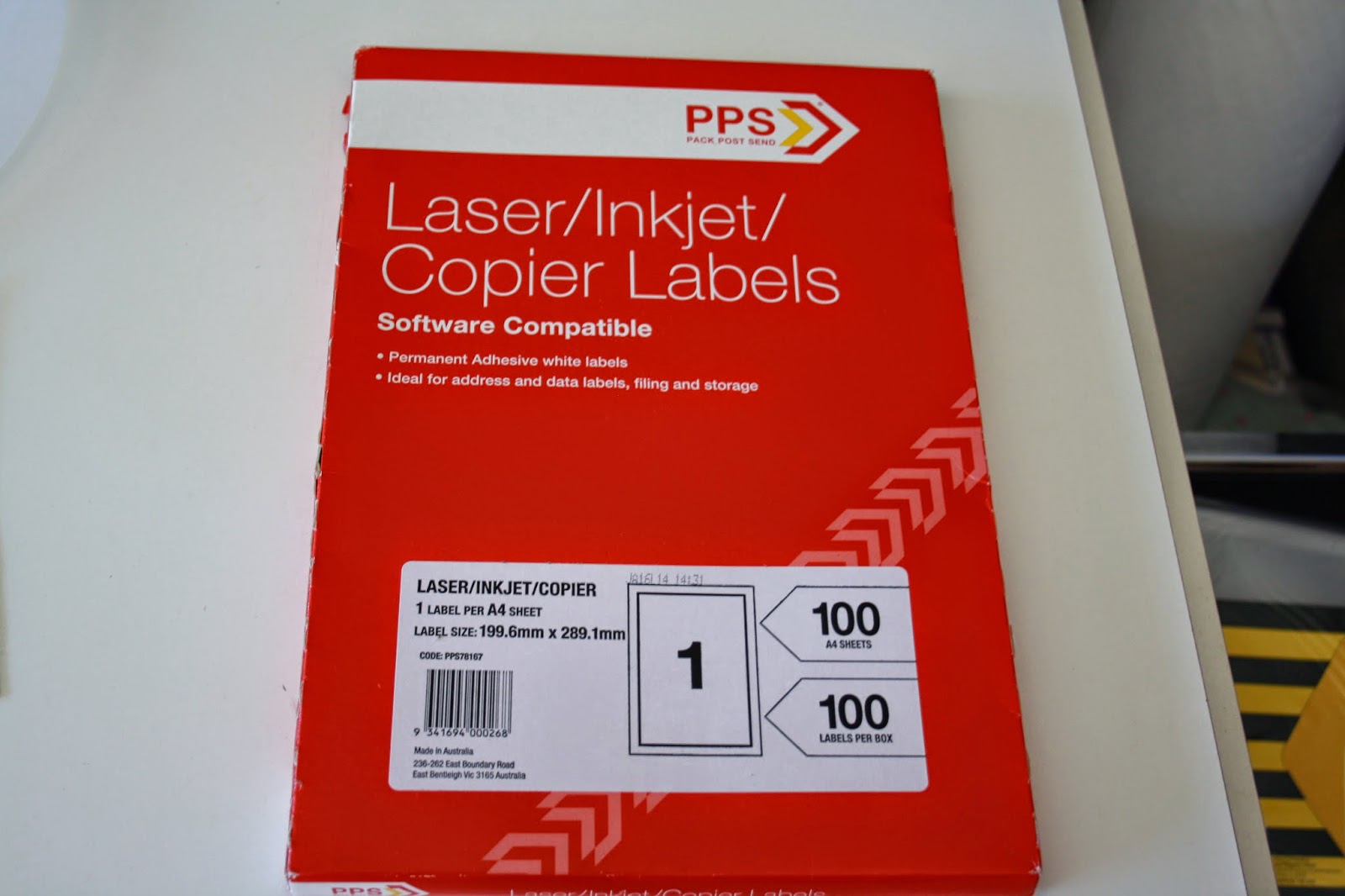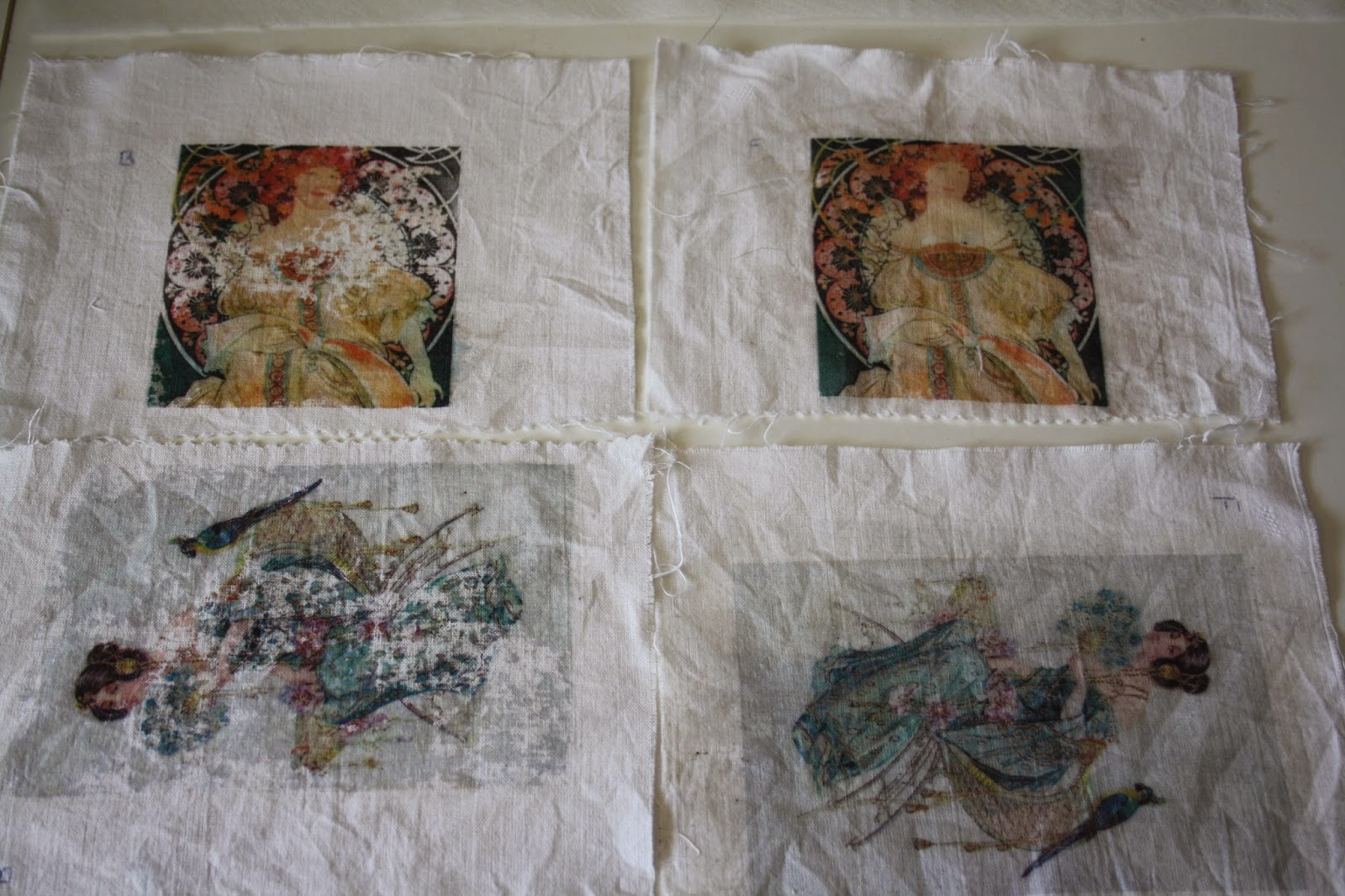When I first got the washaway I wanted to make a cobweb overskirt.
(I thought I had lost the pictures but came across them while checking out some of my pictures downloaded onto my computer a few years ago.)
So here it is.
Using two layers of washaway for stability, draw your design.
Then using your sewing machine, sew with straight stitch. firstly up and down each line at least 2 or more times. I think I did about 3 or 4 to be safe. then go around the outside lines doing the same.
Next change your stitch to zigzag and repeat. If you want it thin only do it 1 or 2 times, if thick do it as many times as you want.
This will be what it looks like when you have finished.
then hand washing it or soaking it in water (depending on what type of washaway you use, some dissolve in cold, some only dissolve in hot) and rinsing it a few times.
Lay it out flat to dry
And this is what you will end up with a beautiful spidery lace for your designs.
I did this for a doll, but it can be made bigger or smaller depending on what you want to use it for.
And the other ways to use washaway are "Only restricted by your imagination"











